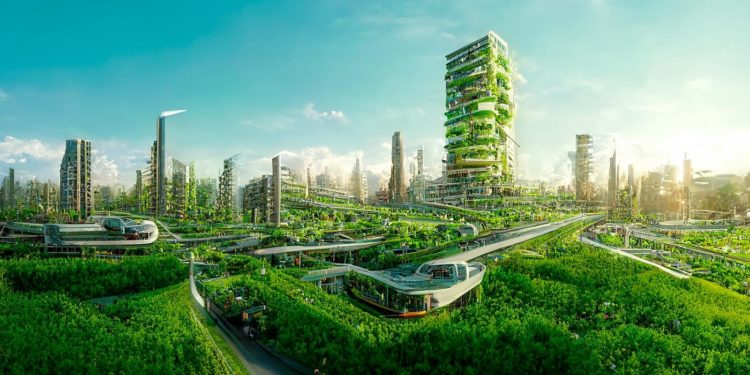Green spaces are indispensable elements within urban environments, offering multifaceted benefits to residents and ecosystems alike.
They serve as vital components of urban landscapes, providing tranquil retreats amidst bustling cities and fostering mental and physical well-being, ecological sustainability, and urban resilience.
These spaces serve as havens for city dwellers seeking respite from urban life, offering spaces for relaxation and mental rejuvenation, while research underscores their positive impact on mental health, highlighting stress reduction and enhanced concentration as notable benefits.
Moreover, within urban contexts, green areas play pivotal roles in improving air quality and preserving biodiversity by providing habitats for diverse wildlife, with vegetation acting as natural filters, mitigating pollution, reducing noise pollution, and offering cooling effects during warm weather.
Additionally, green spaces encourage physical activity and active lifestyles by providing venues for recreational activities such as walking, jogging, and sports, contributing not only to physical health but also fostering a sense of community and well-being among residents.
Furthermore, they are integral to mitigating climate effects and creating micro-climates conducive to human habitation, maintaining urban biodiversity, contributing to ecological balance, and enhancing the overall sustainability of urban environments.
The incorporation and preservation of green spaces are essential for revitalizing urban landscapes and ensuring the well-being of city residents. For instance, Nairobi’s Uhuru Park exemplifies the significance of such spaces, serving as a testament to their role in enhancing aesthetic appeal, fortifying resilience against climate challenges, and preserving cultural and environmental heritage.
It is imperative for cities worldwide to prioritize the regeneration of green spaces to foster healthier, more sustainable urban environments.


















